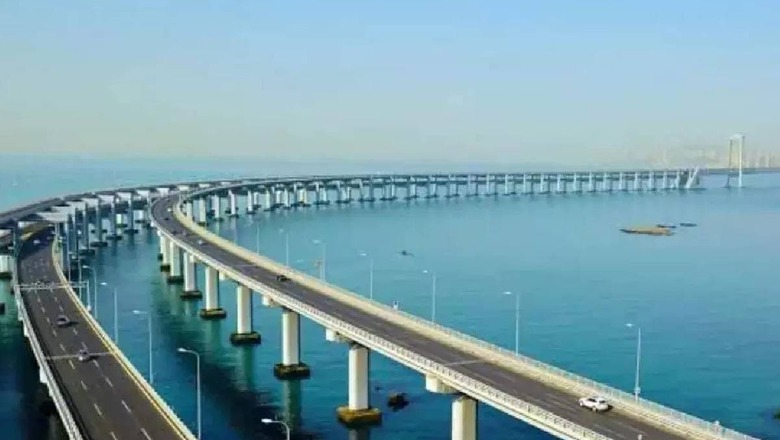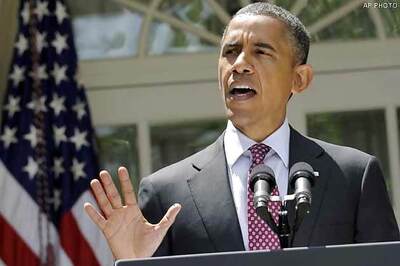
75
views
views
MTHL: Atal Setu Bridge transforms Mumbai commuting, cutting travel time, reducing emissions, and boosting real estate prospects.
The Mumbai Trans Harbour Link (MTHL), commonly known as Atal Setu, is set to transform daily commutes for Mumbai residents.
Inaugurated by Prime Minister Narendra Modi today, this 21.8-kilometer-long bridge is a significant milestone in India’s infrastructure development. Here’s how the Atal Setu will make life easier for commuters:
Reduced Commute Time
- The bridge connects Mumbai to Pune and the under-construction Navi Mumbai Airport, cutting down the travel time from the current two hours to approximately 15-20 minutes.
- The efficient connectivity will be particularly beneficial during peak hours, making journeys faster and more convenient.
Enhanced Connectivity
- Beginning in Sewri and terminating at Nhava Sheva, the bridge strategically links key areas like the Navi Mumbai International Airport, Mumbai-Pune Expressway, and Mumbai-Goa Highway.
- Interchanges at Sewri, Shivaji-Nagar, Chirle, and other key spots ensure smooth traffic flow and improved connectivity.
Cost-Effective Travel
- The Maharashtra government has approved a toll proposal, with Rs 250 as a one-way toll for cars on the MTHL.
- Despite being the most expensive toll road linked to Mumbai, the use of the Atal Setu is expected to result in substantial savings, estimating one crore liters of fuel per year and reducing CO2 emissions by over 25,000 million tonnes, as reported by MoneyControl.
Boost to Real Estate
- The bridge is anticipated to stimulate real estate activity in Navi Mumbai, particularly in micro markets like Panvel, Ulwe, and Dronagiri.
- Connectivity improvements are expected to lead to a surge in property prices, making these areas more attractive to professionals seeking affordable luxury close to prime business hubs.
Environmental Impact
- The Atal Setu incorporates an Open Road Tolling (ORT) system, allowing vehicles to pass through toll booths at speeds of up to 100 kmph without stopping.
- Noise barriers have been installed to protect sensitive stretches, and it is estimated that the bridge will lead to significant fuel savings and a reduction of CO2 emissions.
The Atal Setu Bridge stands as a testament to India’s commitment to modernize its infrastructure, offering a faster, more efficient, and environmentally conscious transportation solution for the people of Mumbai.




















Comments
0 comment